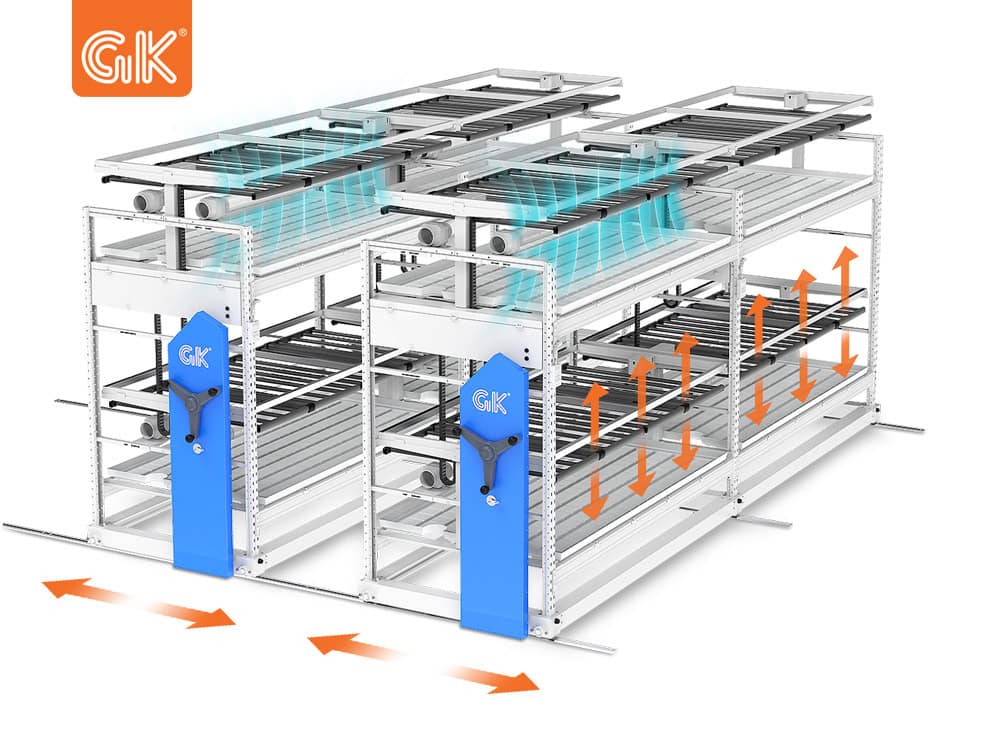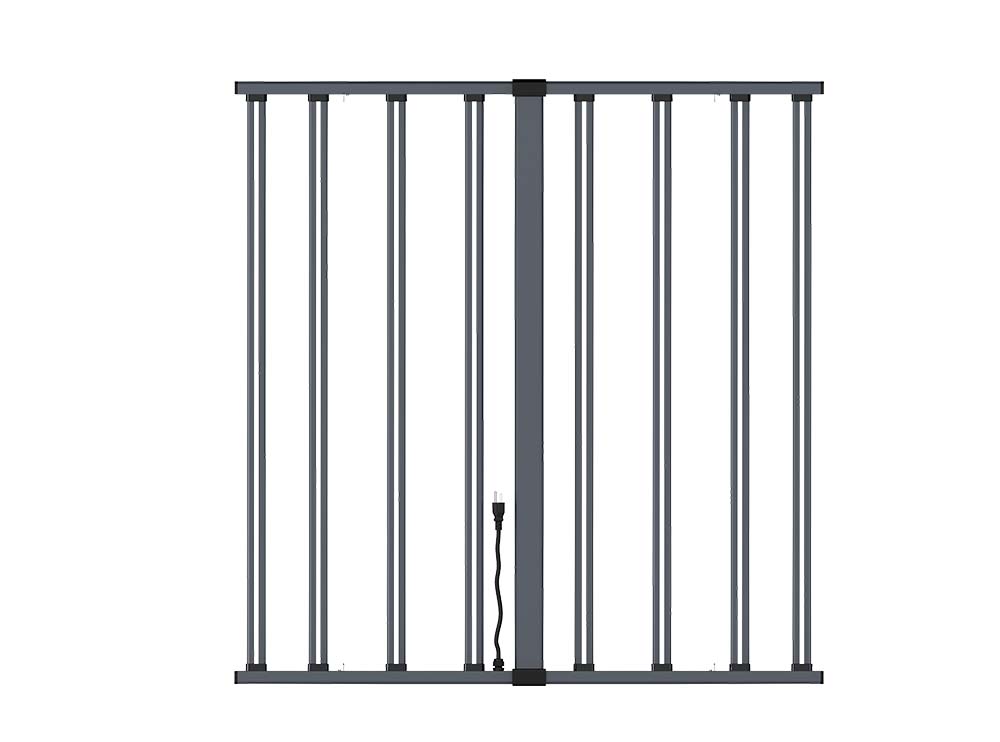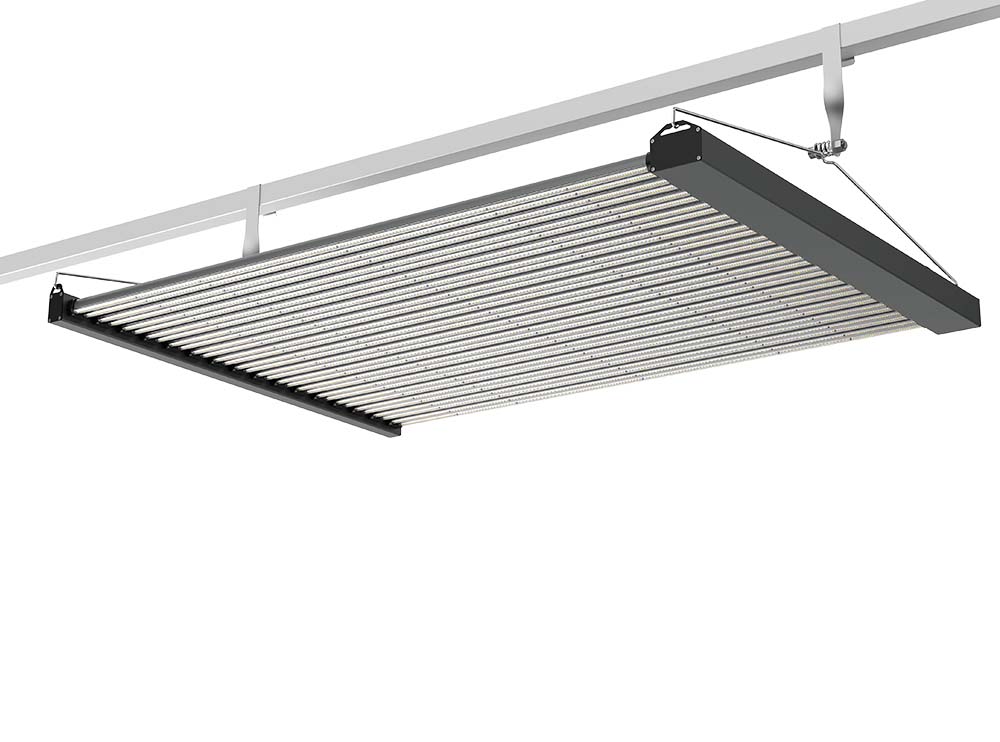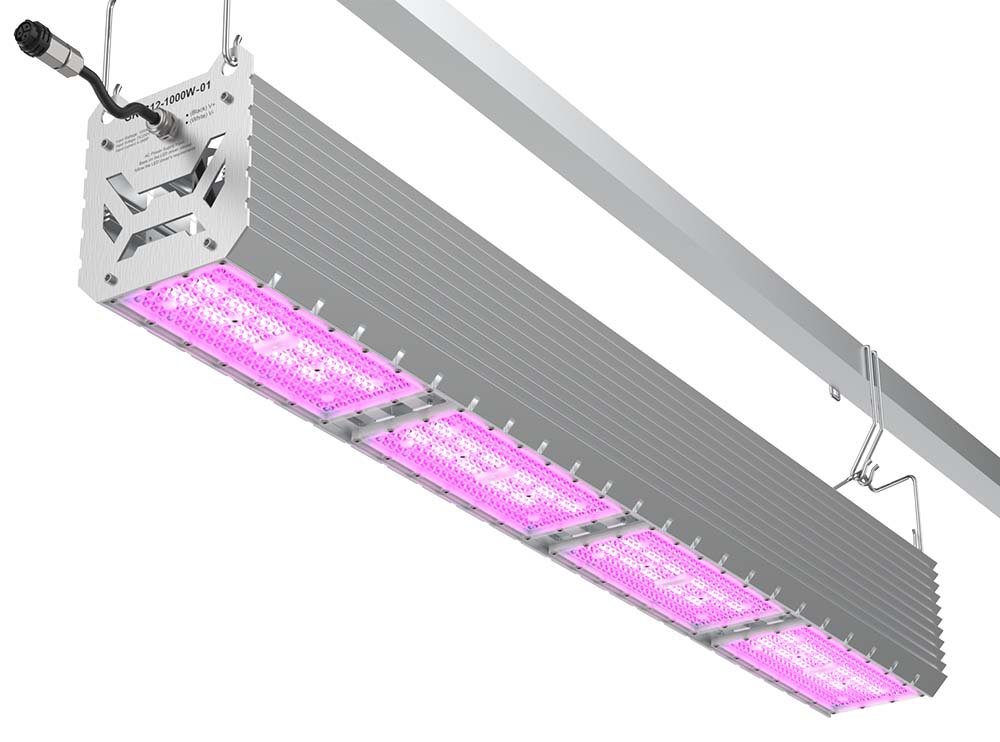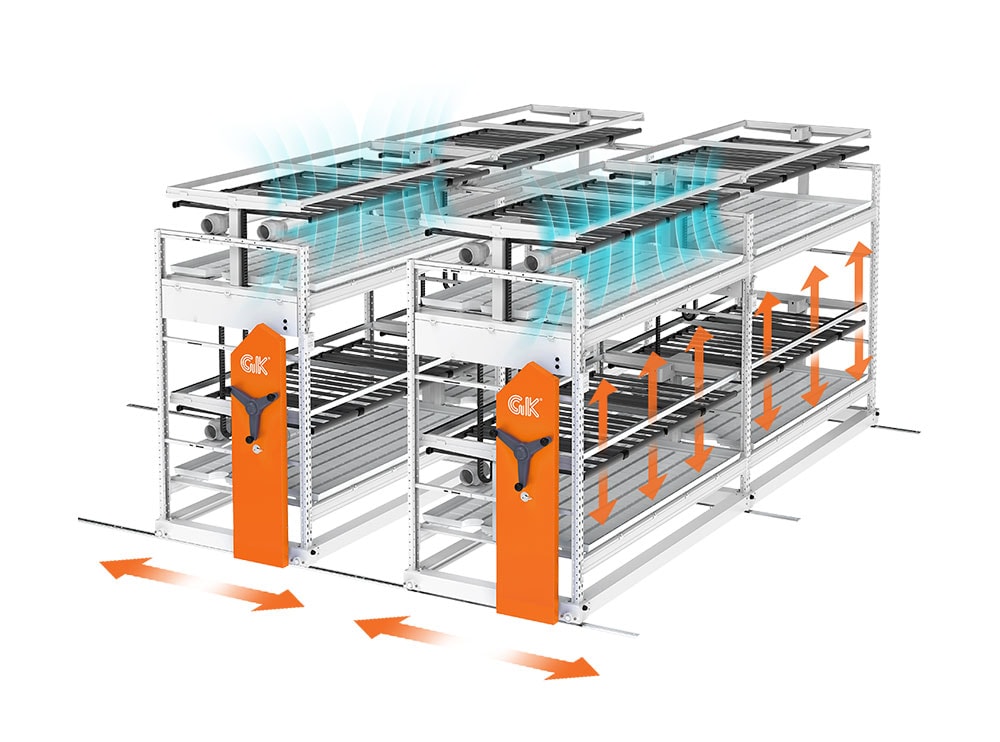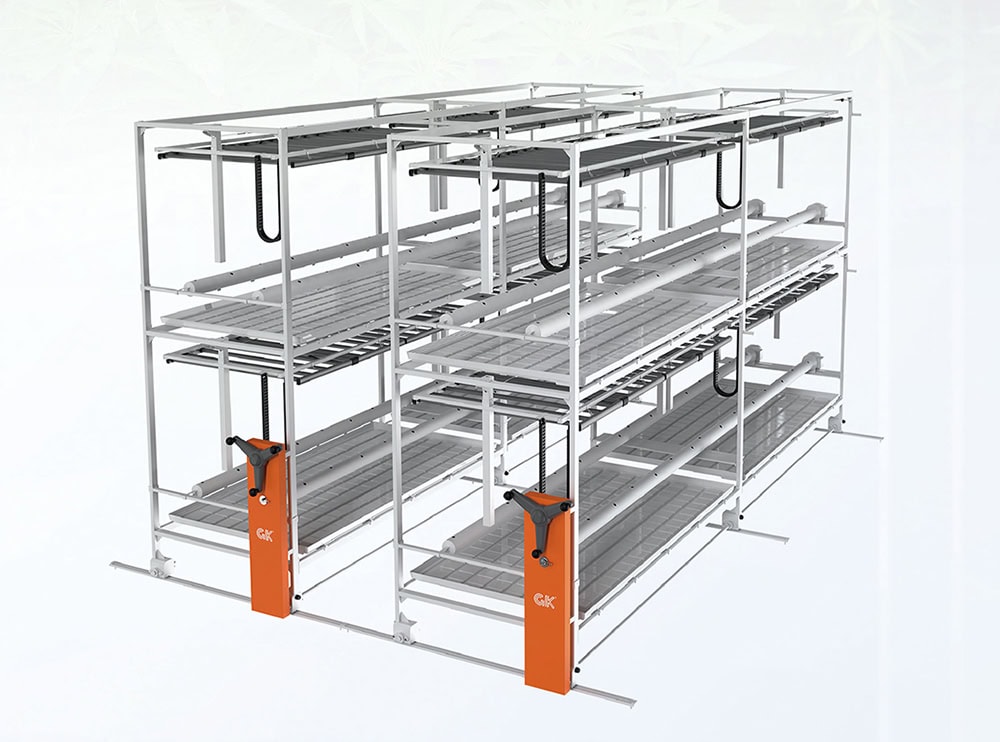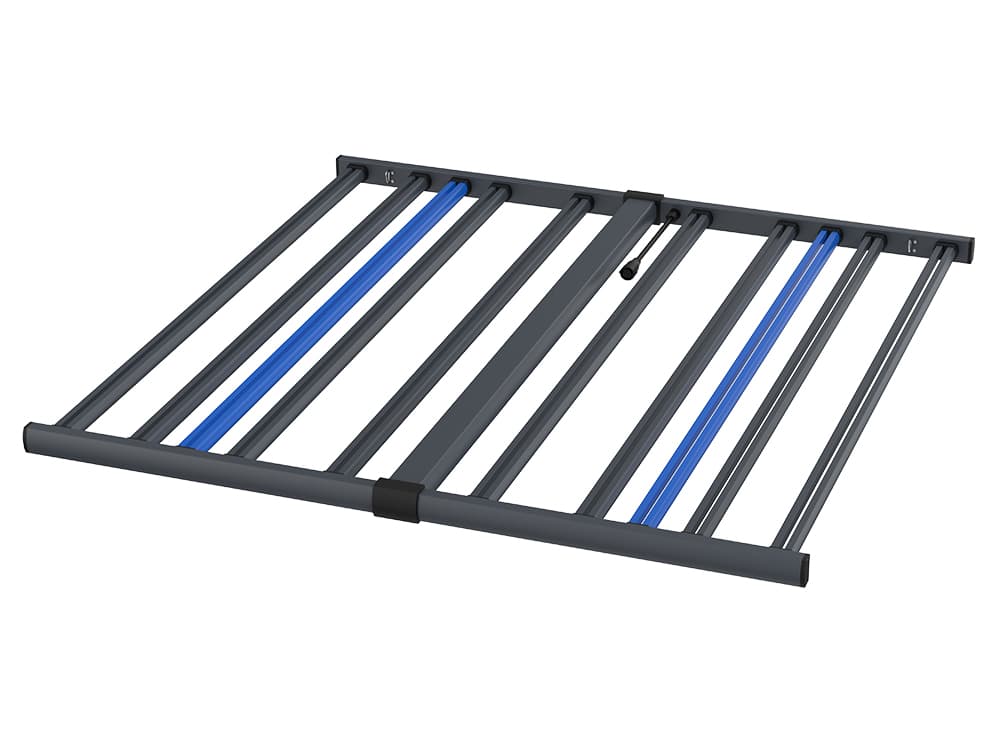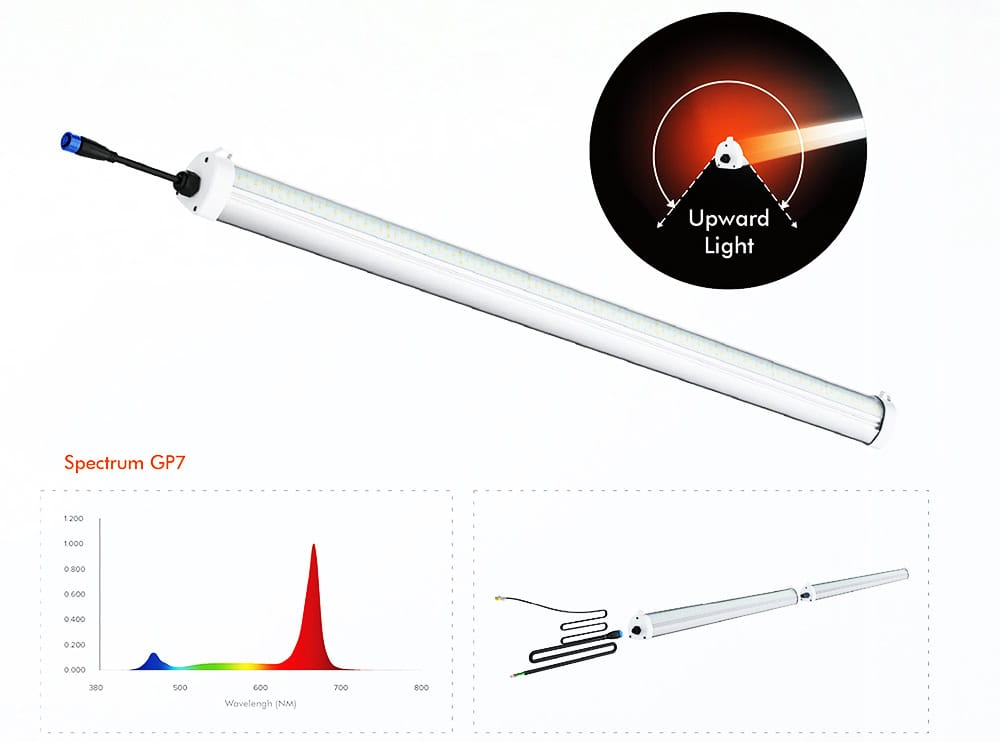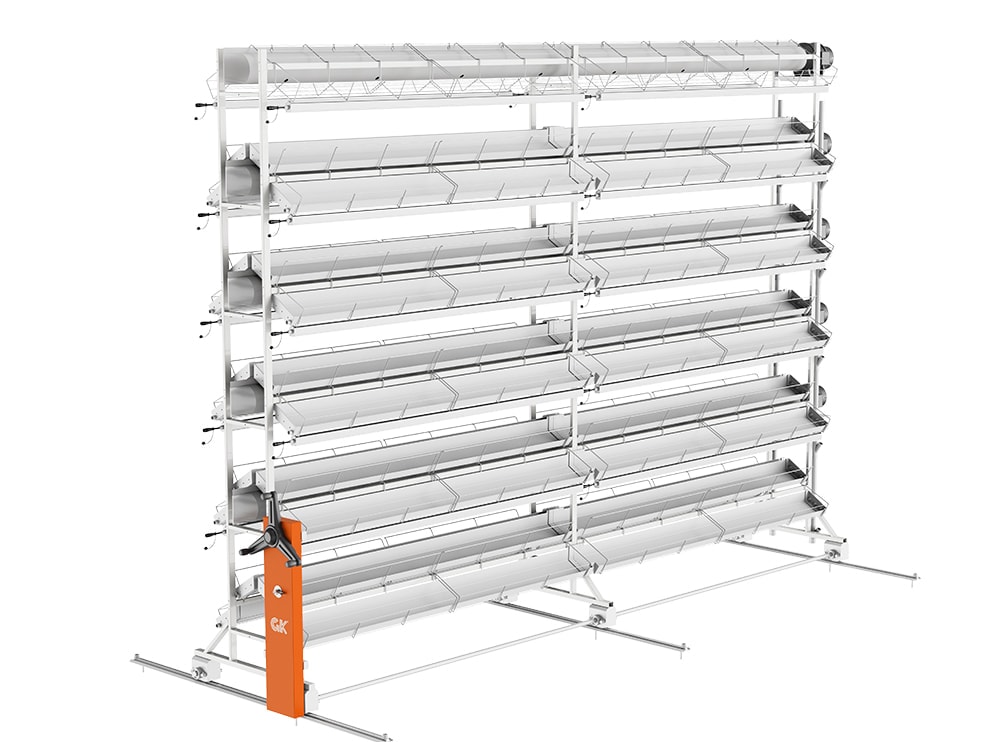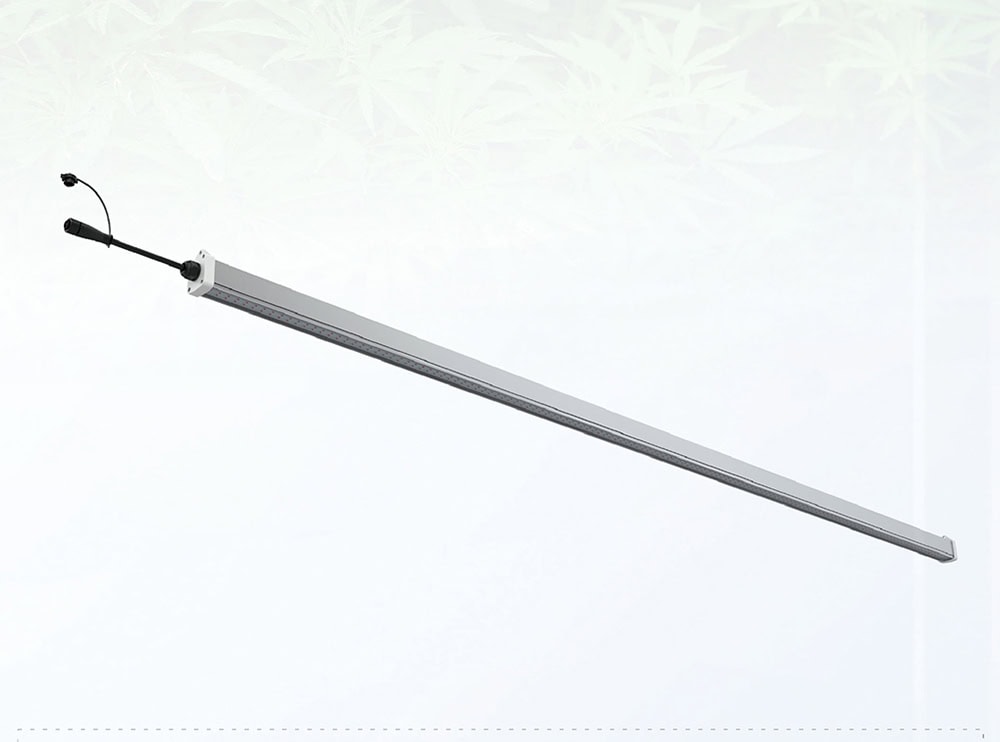Why LED Grow Lights Are Needed to Grow Cannabis
A proper lighting system is another important factor to consider when growing cannabis plants indoors. With the invention of LED lights, these are considered the best light sources for hydroponics, allowing cannabis to produce more buds and flowers at high growth rates. Hydroponic LED grow lights are more energy efficient than standard halogen, high-pressure sodium (HPS), and fluorescent or metal halide (MH) grow lights. Unlike traditional grow lights, LED grow lights can be specially tuned to the specific spectrum required for specific growth stages. Cannabis is very sensitive to light and needs to be adjusted in intensity, color, and frequency for each stage of its growth. With the rapid development of LED technology, more and more cannabis growers are turning to indoor cannabis cultivation.
Types of Cannabis Grow Lights
There are three different types of cannabis grow lights known as:
- HID or High-Intensity Discharge Lamp
- CFL or compact fluorescent lamp
- LED or Light Emitting Diode Lights
The benefits of using LED grow lights
Energy saving
LED grow lights are the most environmentally friendly option because they can save you a lot of energy bills. HIDs may be very good at their jobs, but they cost a fortune when it comes to electricity bills.
Durability
LED lights are more durable than CFL or HID lights. While other types of lights may only work for 20,000 hours, LED lights last five times as long and can work up to 100,000 hours. This is a one-time investment that lasts longer.
Reduce water consumption
HID lights generate more heat because it uses a lot of energy. The heat increases the temperature of the room, and plants need more water than usual. Since marijuana already requires a lot of water, using HID lights increases consumption. LED grow lights do not generate a lot of heat, which will reduce water consumption.
Reasons to choose LED to grow lights to grow cannabis
LED lights present cutting-edge indoor cannabis grow light technology; by using a custom LED grow light spectrum, you can meet the lighting requirements of your indoor plants.
If space and ventilation issues are important to you, especially when your growing space is small, LED grow lights can provide the ultimate solution for your growing needs.
LED grow lights are compact and easy to install and operate. All they need is to hang them at the appropriate distance above the cannabis plant.
They provide flexibility; by placing them side by side, better light coverage can be achieved.
Their modern technology makes them energy efficient, so they consume half as much electricity as traditional lamps.
Their small size and compact structure make them an integral part of modern cannabis interior spaces.
The advantages of indoor led grow lights for growing marijuana
- Harvest throughout the year. Indoor growing is not seasonal. With the right equipment, indoor growers can theoretically grow cannabis anytime, anywhere. They are not subject to adverse environmental conditions, which may affect outdoor growers who can only grow in favorable climates. Indoor cannabis cultivation can be grown year-round in uninhabitable areas. If the plant is outdoors, moisture and rain can increase the likelihood of fungal infection and disease. While indoor plants typically yield less than a comparable number of outdoor plants, yields of a variety of indoor crops will be higher throughout the summer than in summer outdoor gardens.
- Control the growth conditions. Indoor cannabis plants are more sensitive than outdoor plants. Therefore, growers must carefully monitor and adjust the various factors that enclose an indoor grow room. Experienced growers can control every aspect of light, airflow, substrate, and nutrients that affect plants. This will create an ideal environment for breeding, research and development purposes, and the preservation of unique genetics. For example, if a cannabis crop has an attractive purple color that consumers love, indoor production can focus on that trait and fine-tune it in future generations of the plant’s life cycle.
- Product standardization. As the cannabis industry matures, it will require standardized consistency and predictability. And has been recognized in the field of medicine. Standardization is necessary for reliable and reproducible products that can be studied during clinical trials. To meet these standards and protect plants from harmful effects, all aspects of the growth process (water, light, humidity, pest management, etc.) must be regular and consistent. This can be very challenging for even the most attentive outdoor grower because of the difficulty in controlling humidity, fungal infections, and other environmental factors that can adversely affect cannabis in the sun.
- Produce quality products. Cannabis consumers want products that look great. Pharmacies choose the best-looking drugs when displaying pickled cannabis flowers. Experienced outdoor growers can carefully manipulate a variety of environmental factors to accentuate the desired characteristics that make cannabis look fabulous and radiate with glamour. When cannabis hits the market, this is passed on to more valuable products. A common confusion is that cannabis grown indoors is more potent than cannabis grown in the sun. However, indoor cannabis tends to be more expensive to consume than sun-grown cannabis, which is less expensive to produce. Outdoor growers can grow crops with minimal expense, less equipment, and less electricity, but lower prices don’t necessarily mean lower-quality medicines. Again, this is mostly a perception and appearance issue.
- Greenhouse cultivation
Greenhouses grow cannabis, which combines the best of both indoors and outdoors. Cannabis is very successful in well-designed greenhouses. Greenhouse planting can take advantage of year-round sunlight while allowing experienced gardeners to precisely control environmental factors and protect plants from contamination and invasion. This can change the growth cycle of greenhouse cannabis cultivation and increase the yield of cannabis.

